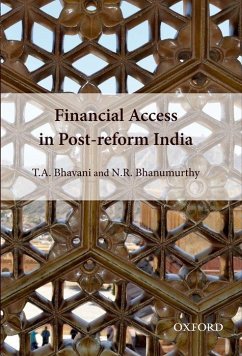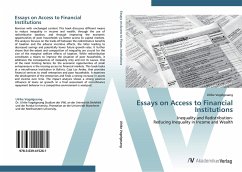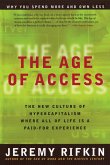This book focuses on two important aspects of the financial sector-development and access. Combining theory with analytical rigour, the authors examine the level of and changes in financial development and access in the post-reform period. Using a macroeconomic growth approach, financial development is looked at in terms of the structure of the financial system, its size, reach, and efficiency, and soundness of the banking sector. Financial access is conceptualized as the supply of financial resources for productive investment purposes. It is measured in terms of availability of finances from the formal financial system and its adequacy in taking care of productive investment needs. Based on empirical assessment of disaggregate data at the sectoral level, the authors suggest innovative solutions to reduce risk and transaction costs in order to improve financial access in the economy. They also compare specific aspects of the Indian financial system with that of the United Kingdom, Brazil, and China.
Using a macroeconomic growth approach, this book focuses on two important aspects of the Indian financial sector-development and access. It empirically analyses the structure, size, reach, and efficiency of the sector in the post-reform period and assesses availability of resources from the formal financial system to the productive sectors of the economy.
Hinweis: Dieser Artikel kann nur an eine deutsche Lieferadresse ausgeliefert werden.
Using a macroeconomic growth approach, this book focuses on two important aspects of the Indian financial sector-development and access. It empirically analyses the structure, size, reach, and efficiency of the sector in the post-reform period and assesses availability of resources from the formal financial system to the productive sectors of the economy.
Hinweis: Dieser Artikel kann nur an eine deutsche Lieferadresse ausgeliefert werden.








